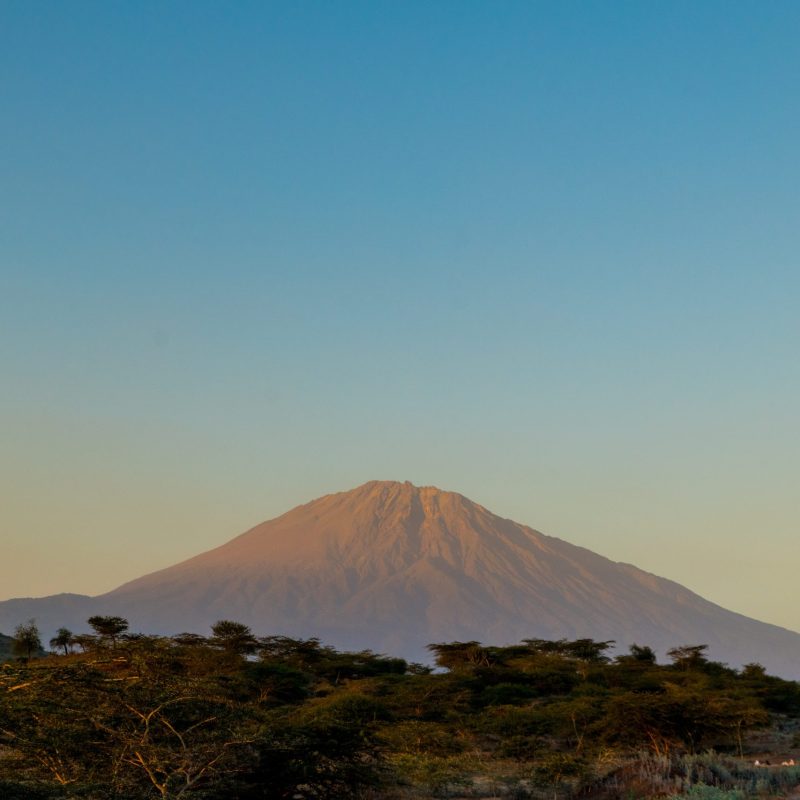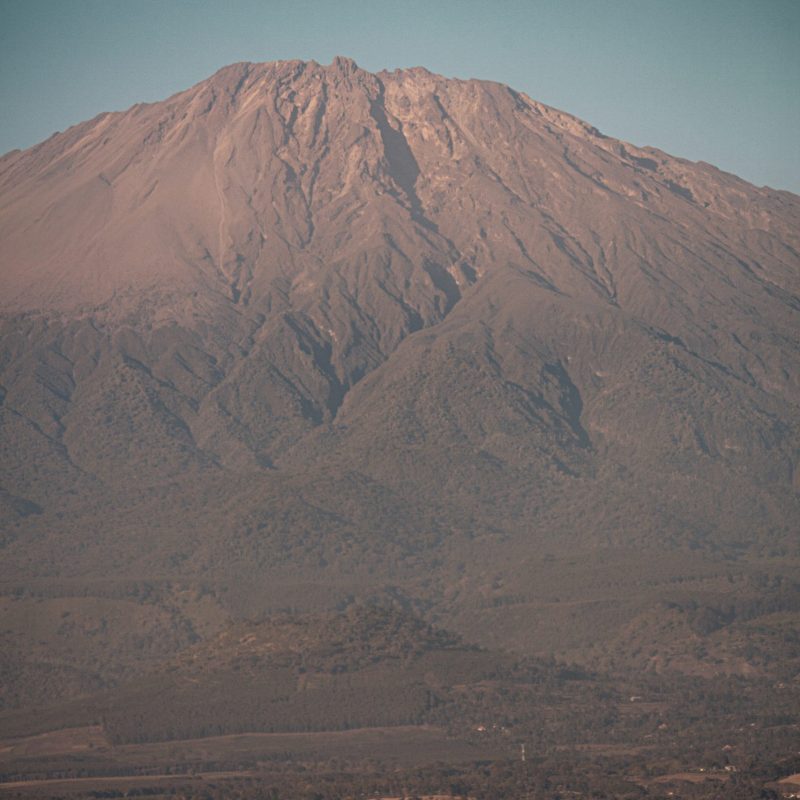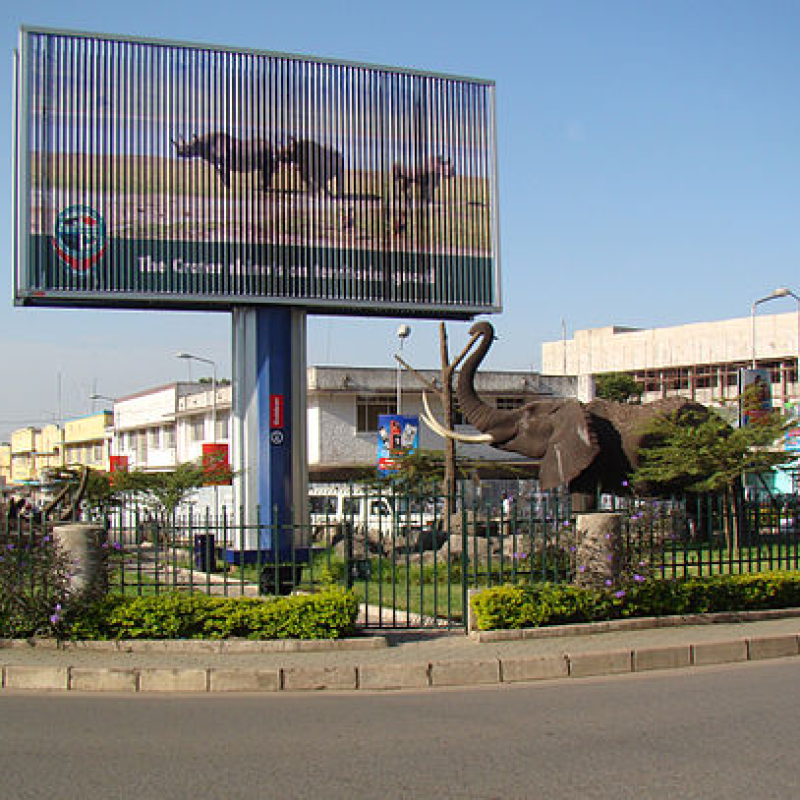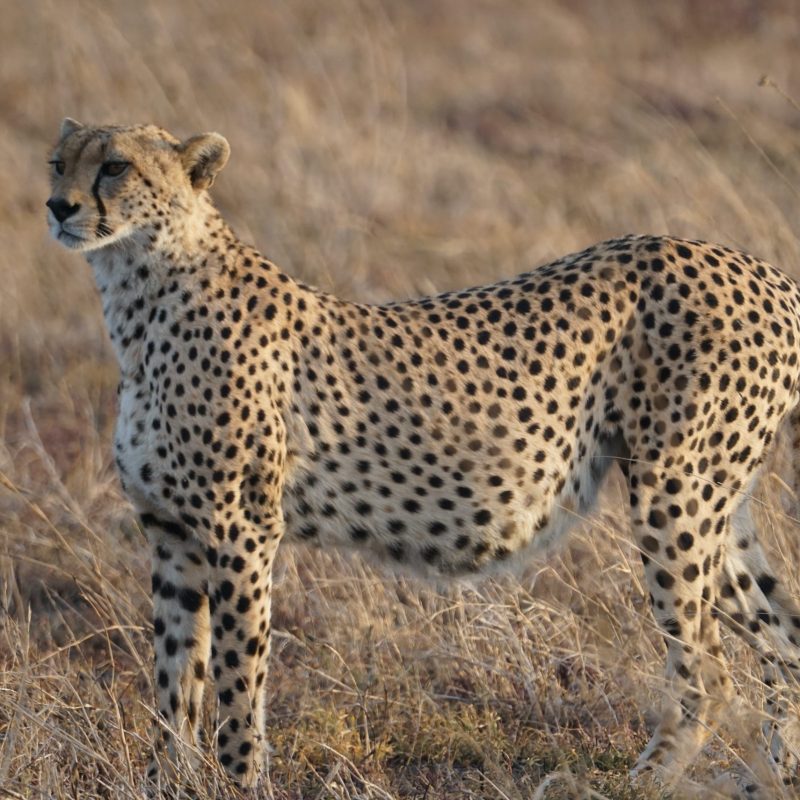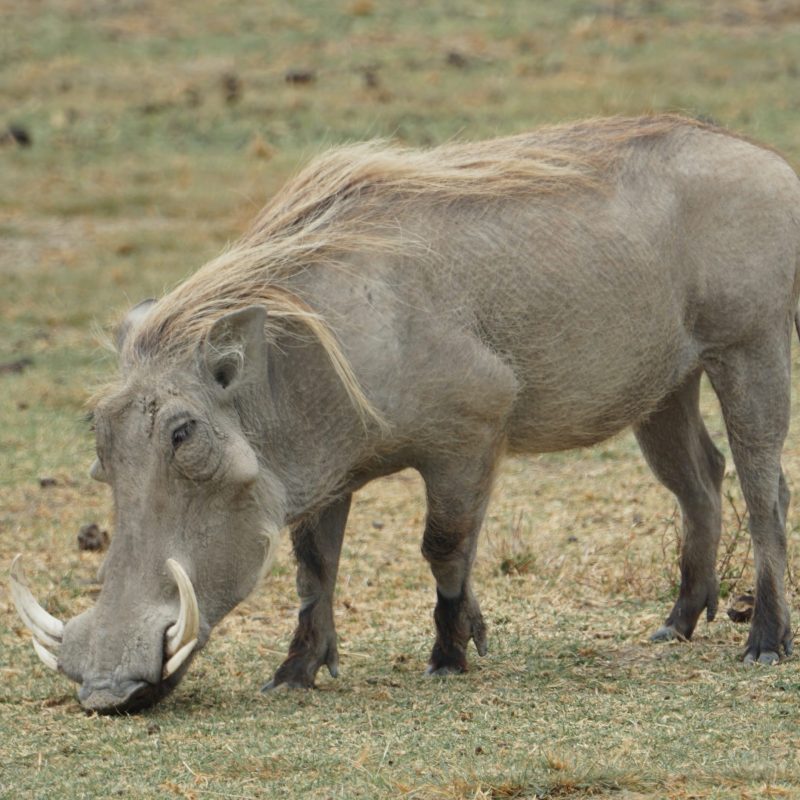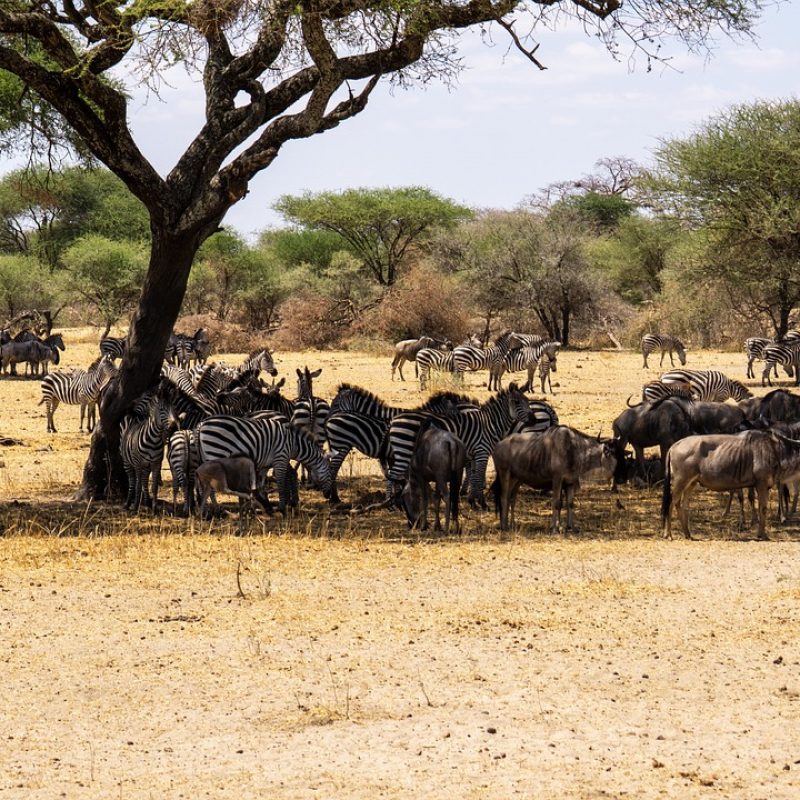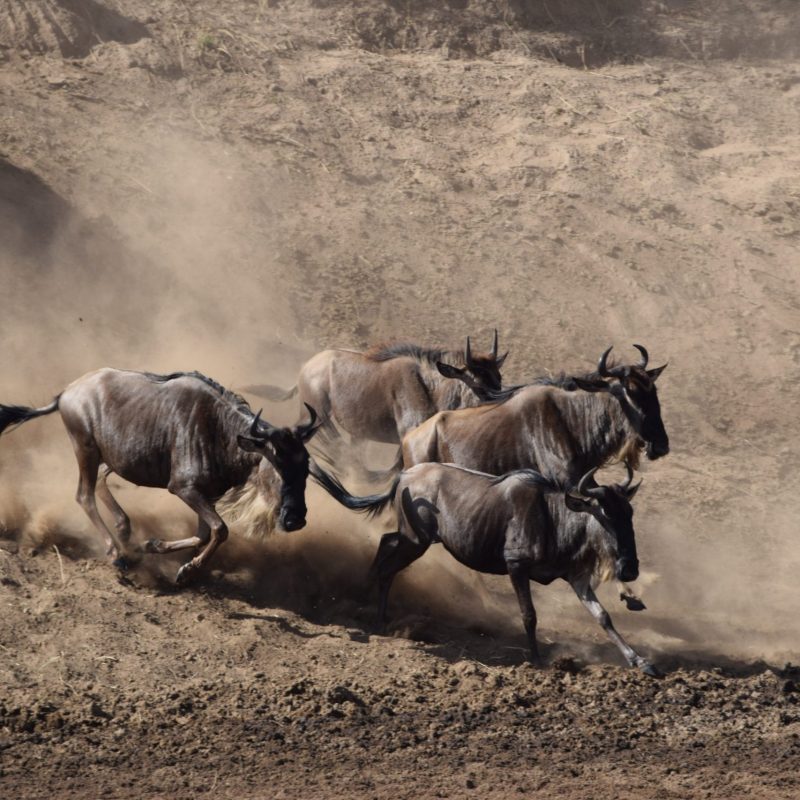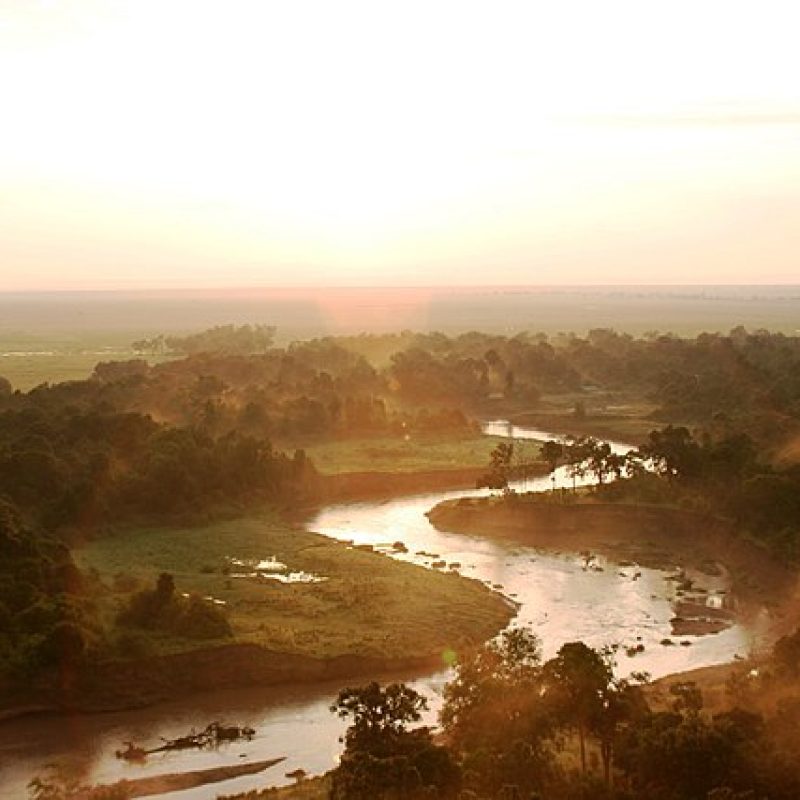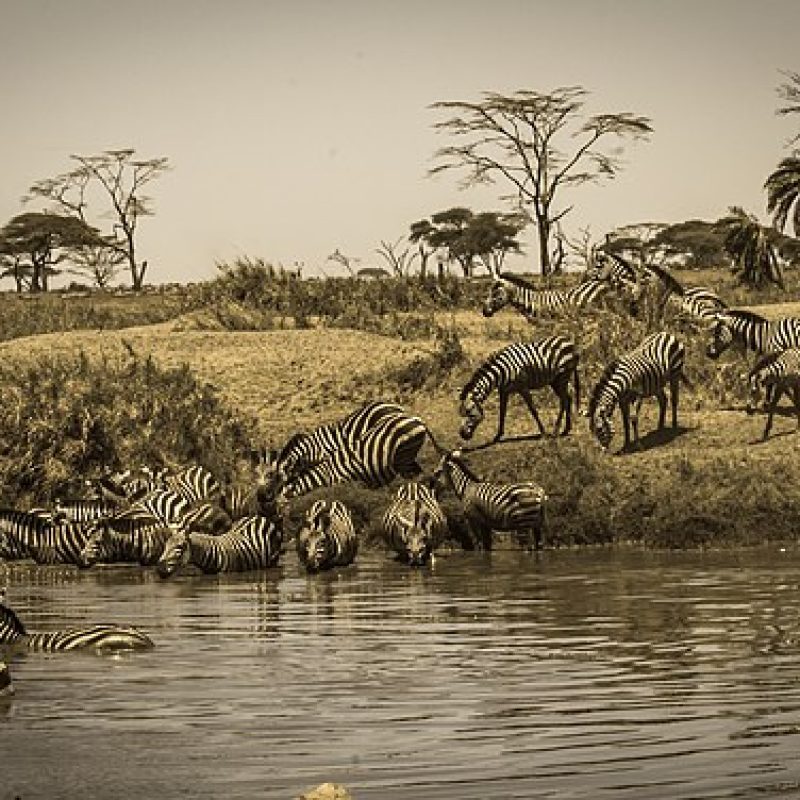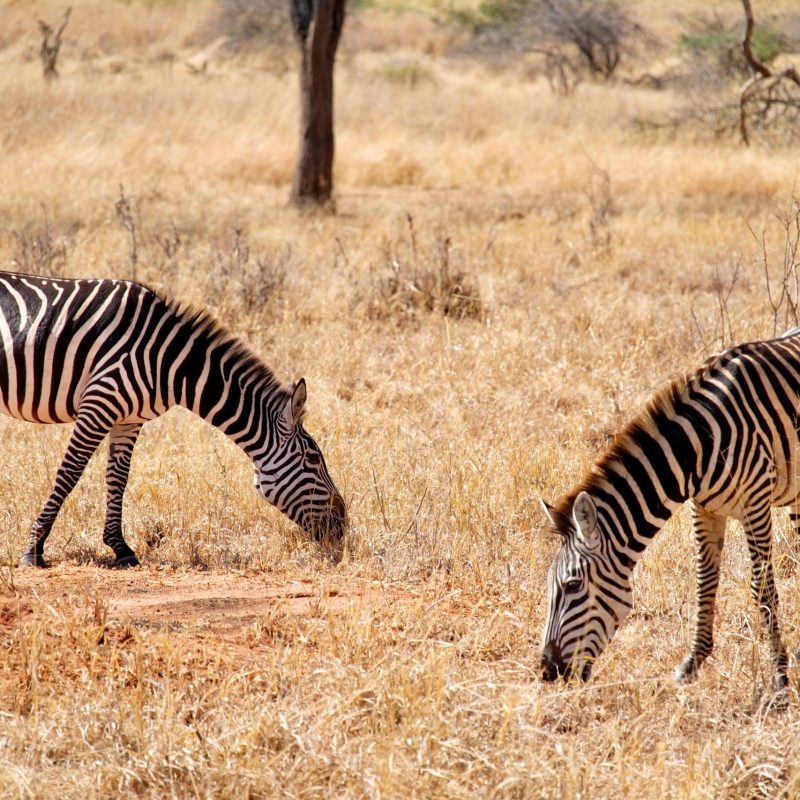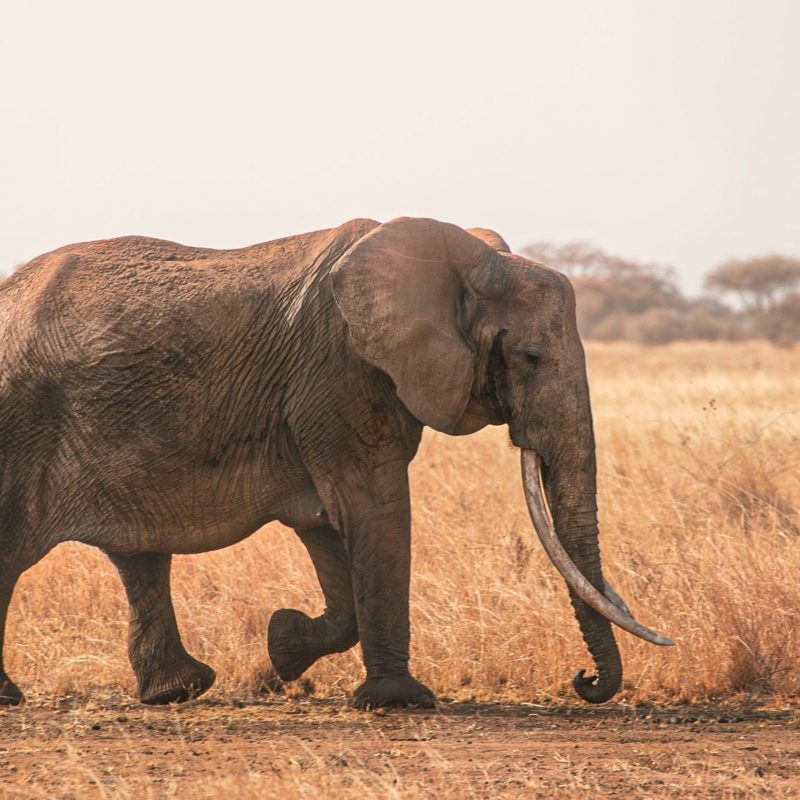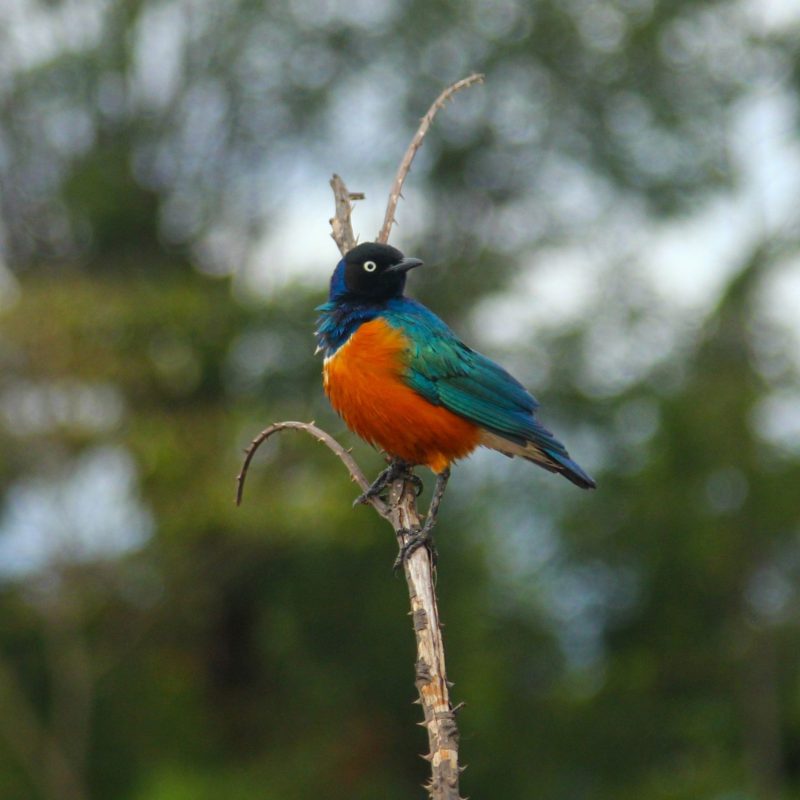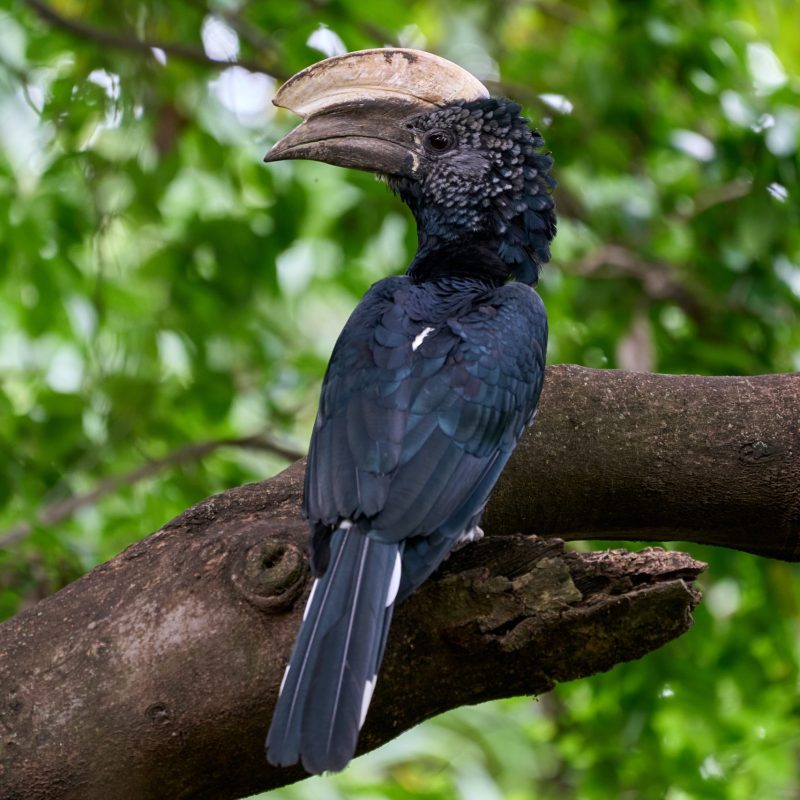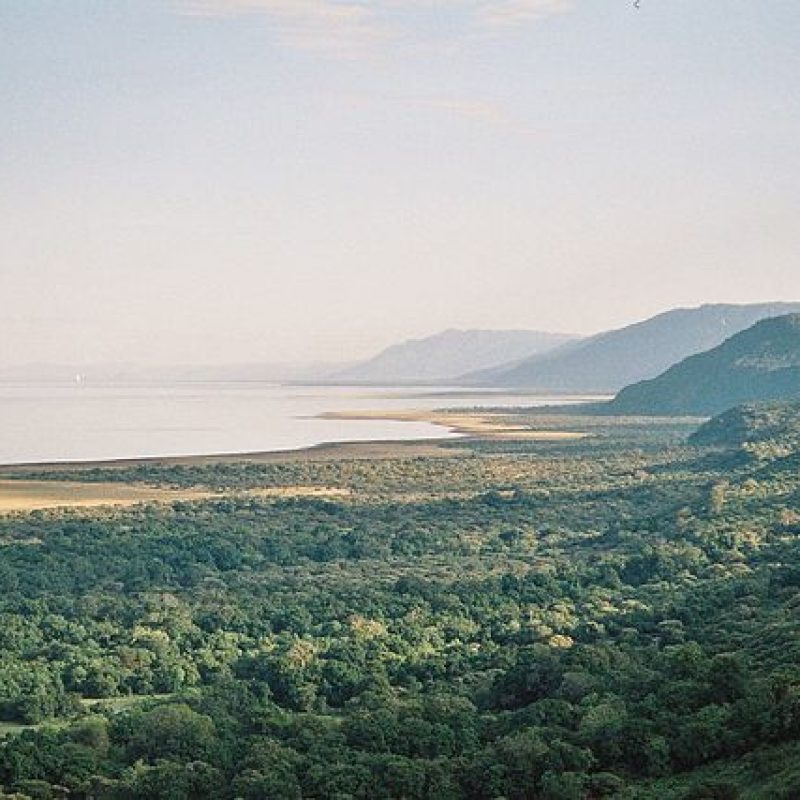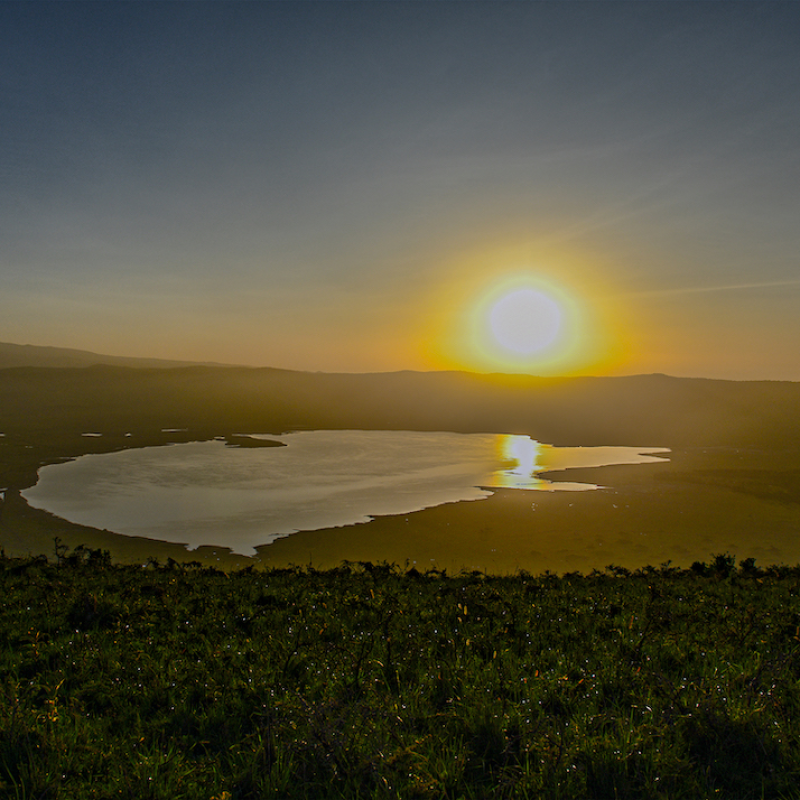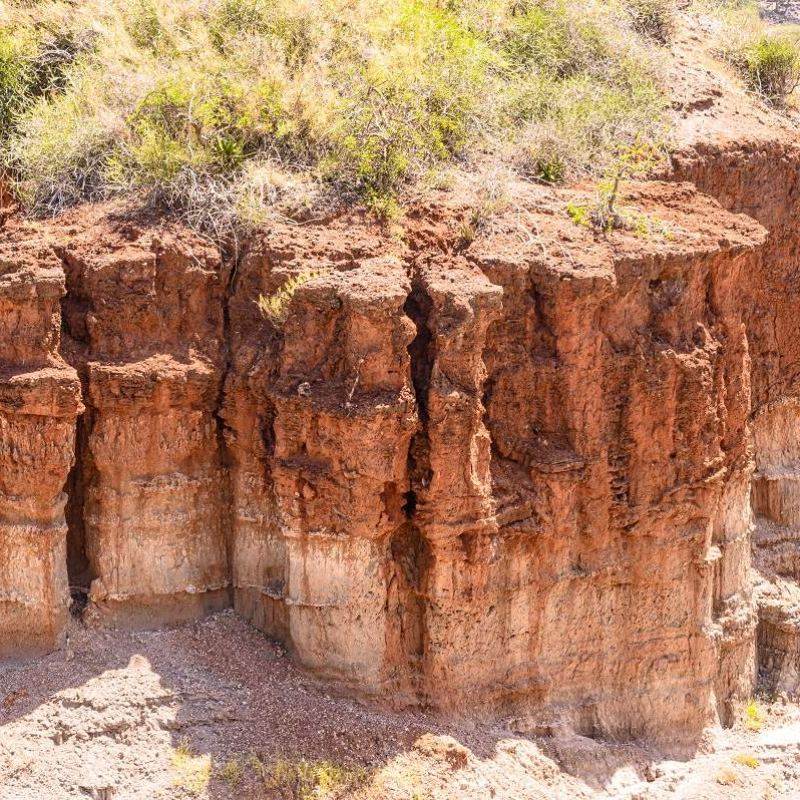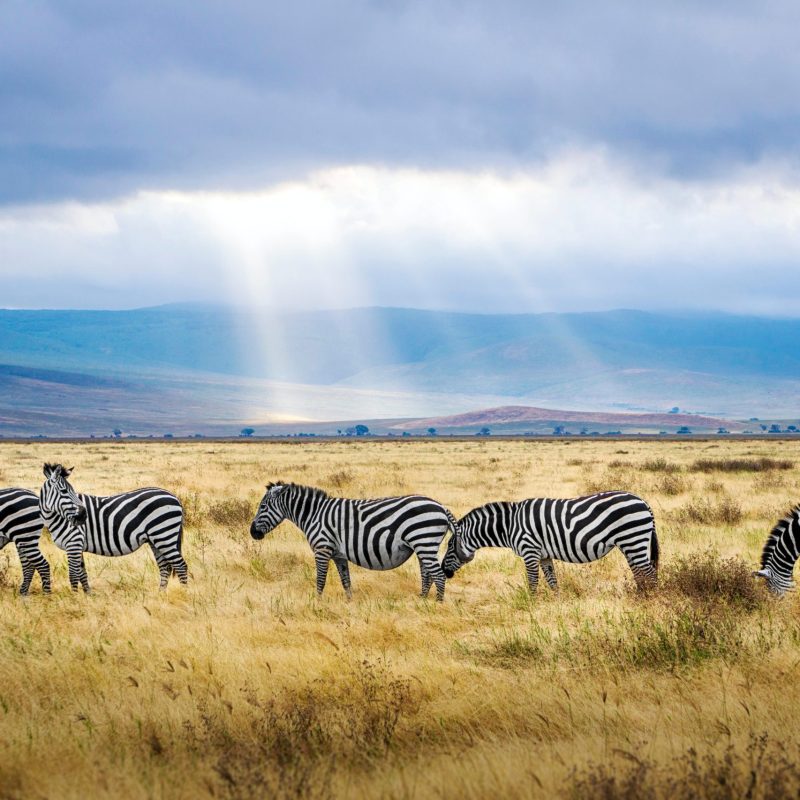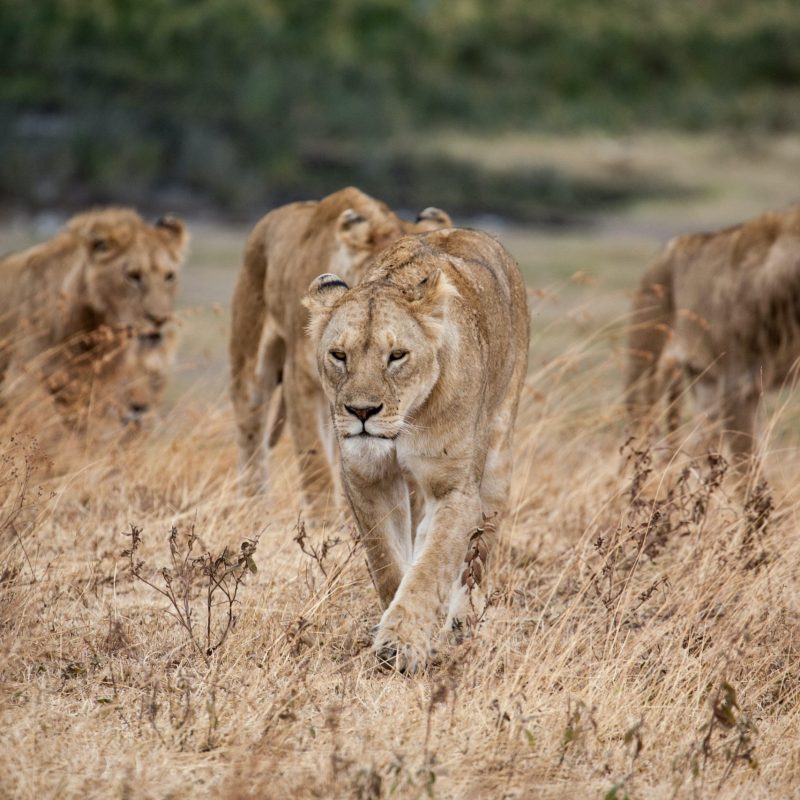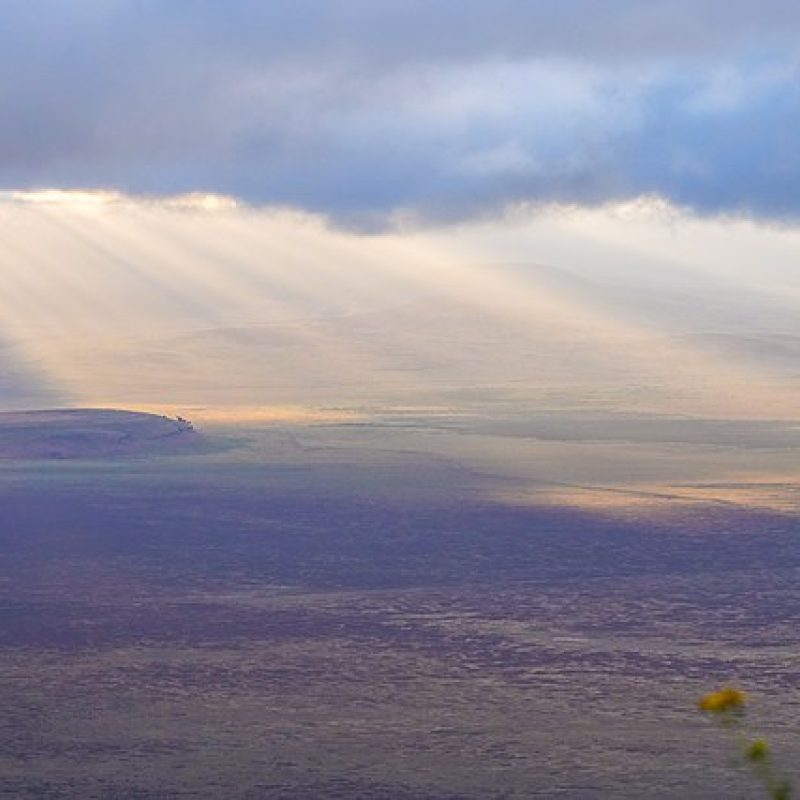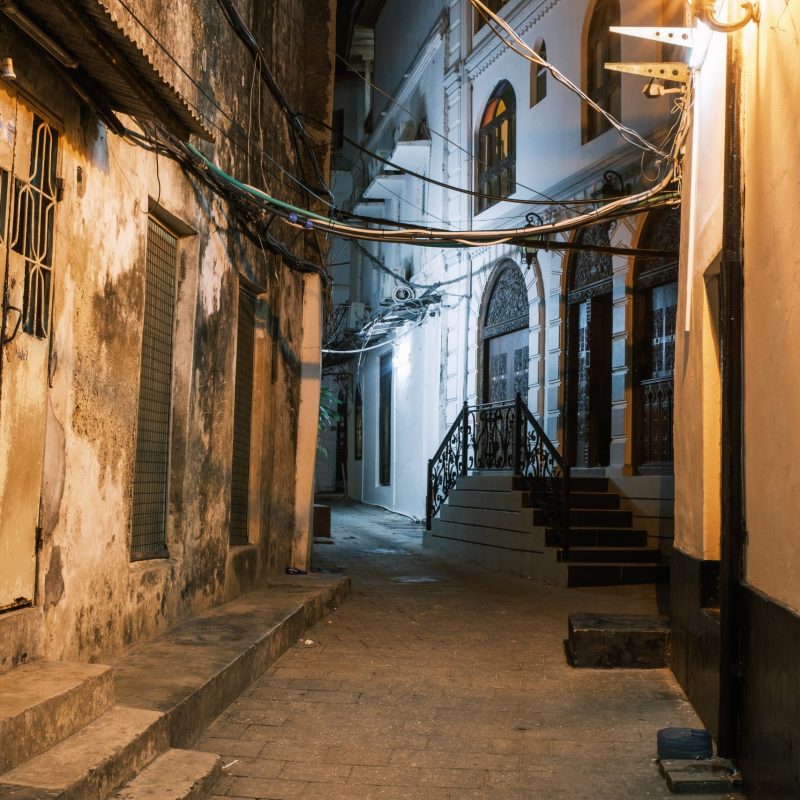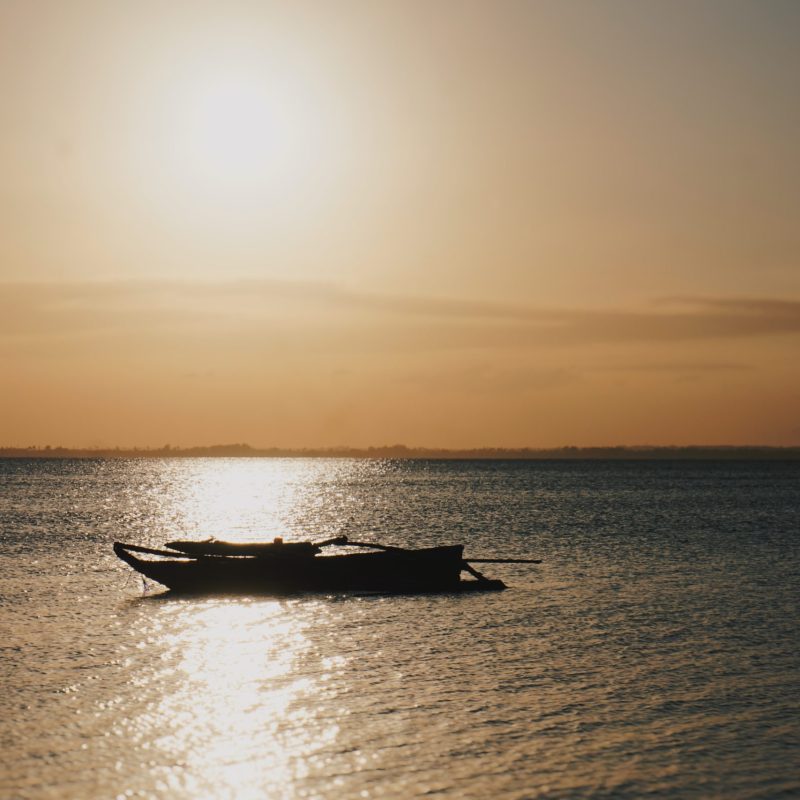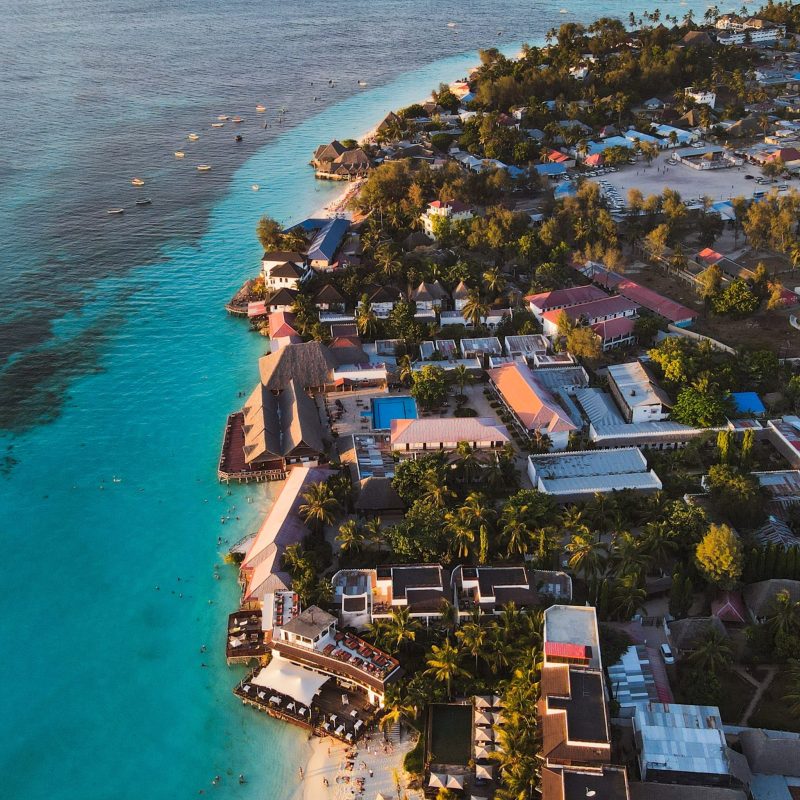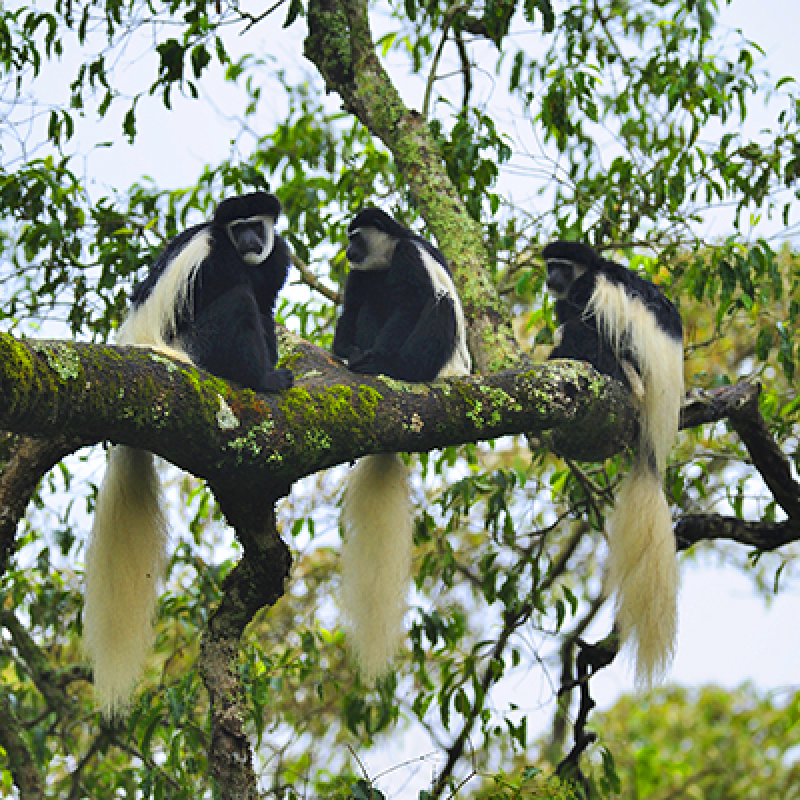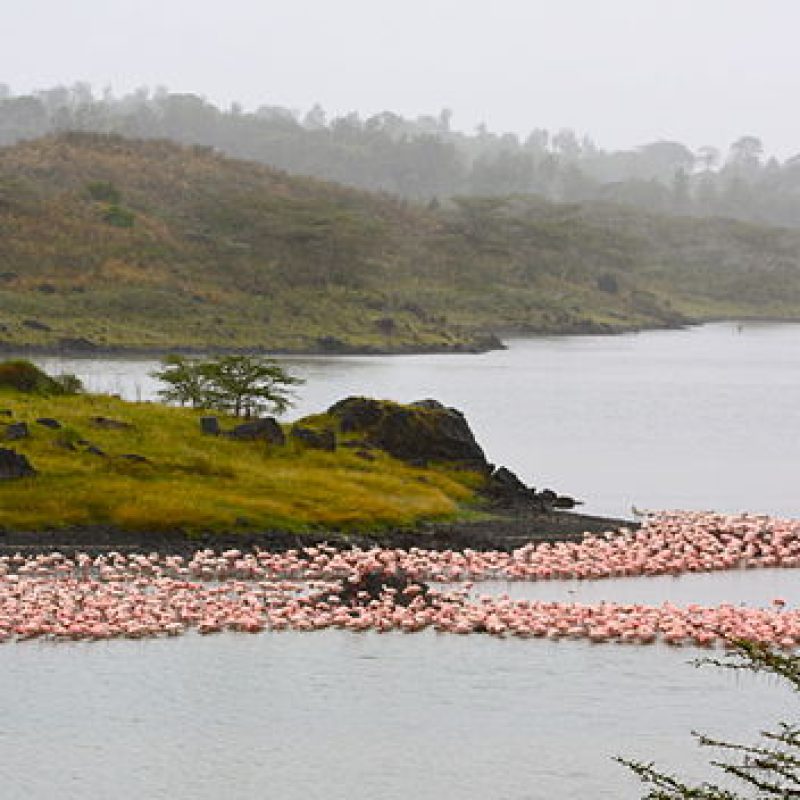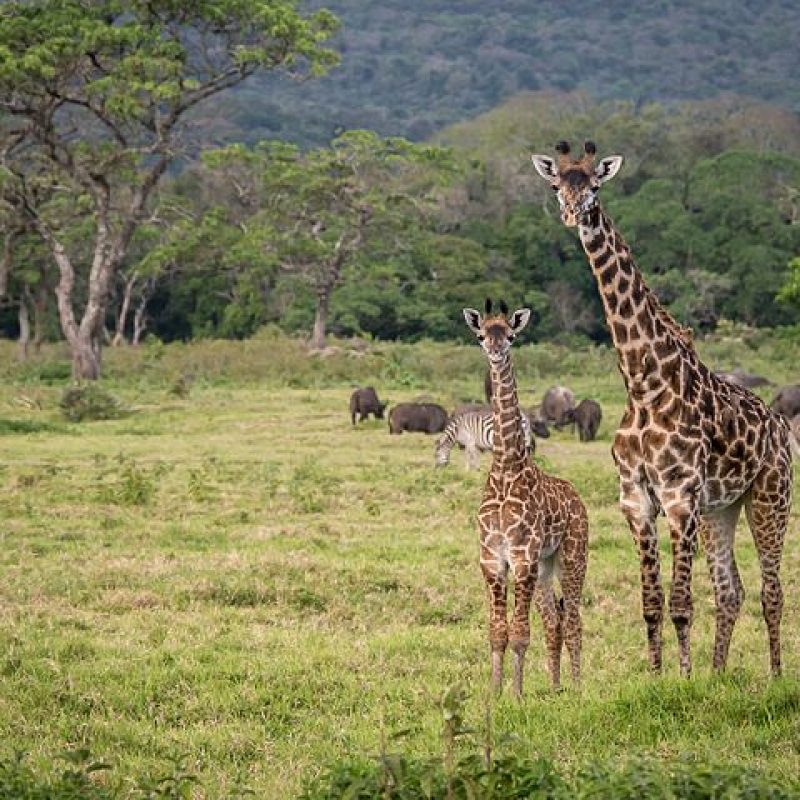LOCATIONS
EXPLORE TANZANIA WITH US!
Discover the magic of Tanzania with Highways Car Hire. Your ultimate guide to the country’s hidden treasures, cultural gems, and breathtaking landscapes. Whether you’re a seasoned explorer or planning your first visit, join us on a virtual journey through Tanzania’s wonders. Explore, be inspired, and let your adventure begin. Karibu sana!
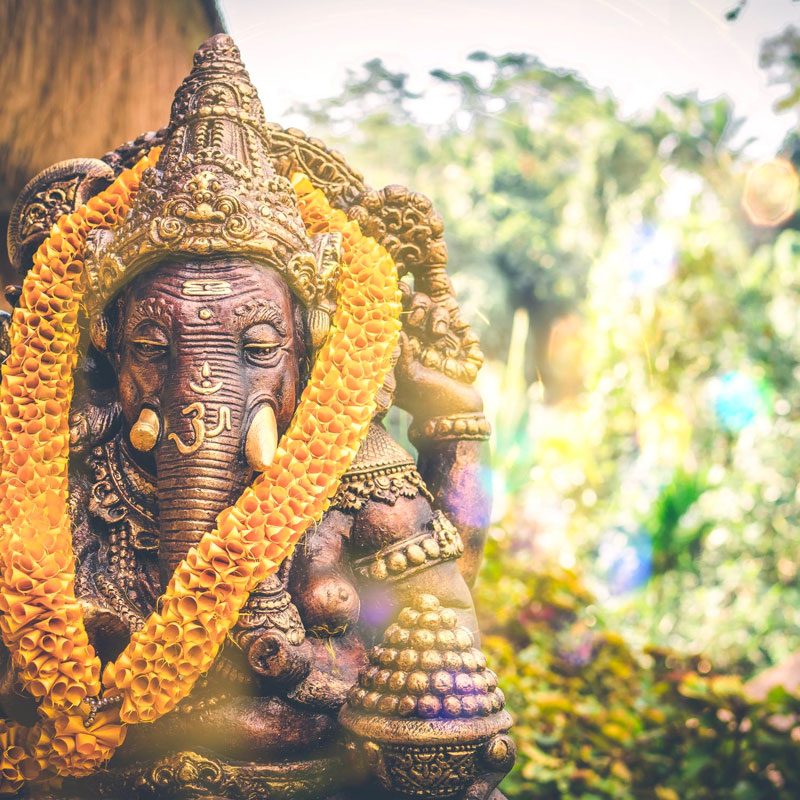
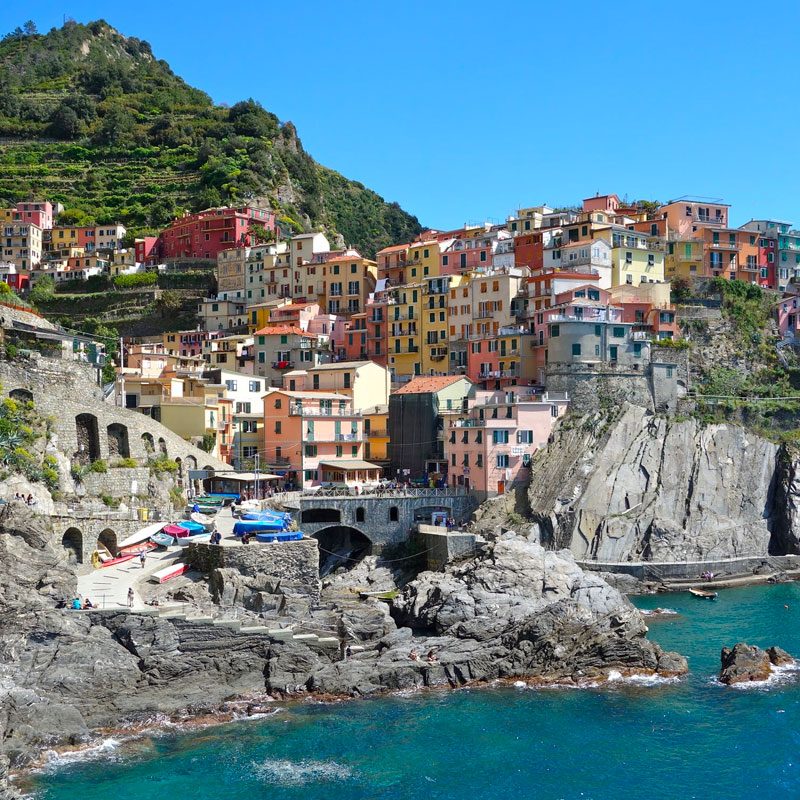


New Delhi
one of the world best safari destinations to see, a place where you can tour through the most diverse ecosystems and wildlife in the world




SOuth East Asia
a majestic land with a dramatic geographic history and numbers of craters, a place where a nomadic Maasai tribe share this land with 30,000 wildlife species




Pacific Ocean
at the base of the Great Rift Valley, a park of 330sq/km consisting of grassland, forests, swamps and other making it habitant to several wildlife species and over 400 species of birdlife




Hawaii
they call this place ‘the home of Elephants’, Tarangire National Park is famously visited by tourist for spotting large number of elephants in numerous herds and its backdrop of countless Baobab Tees.




Indonesia
a jewel of ecosystems with a perfect closeness to Mount Meru, a



Nepal
Lorem ipsum dolor sit amet, consectetur adipiscing elit. Aenean faucibus vehicula leo, at feugiat nibh consequat bibendum. Sed eget dapibus quam. Vestibulum ultricies diam elementum velit imperdiet commodo.
ARUSHA CITY
Tanzanian gateway to safaris and cultural richness. From its origins as a Maasai trading post to a bustling city, it offers wildlife adventures, Mount Meru treks, cultural experiences, and a vibrant culinary scene. A must-visit hub before exploring Tanzania’s natural wonders.
History of Arusha, Tanzania: Arusha, located in northern Tanzania, has a rich history that reflects the country’s journey to independence. The city played a significant role in the anti-colonial movements of the mid-20th century. In 1967, Arusha hosted the Arusha Declaration, a critical event in Tanzania’s history, where President Julius Nyerere outlined the principles of socialism and self-reliance.
General Information about Arusha, Tanzania:
- Geography: Arusha is situated at the base of Mount Meru and serves as the gateway to some of Tanzania’s most renowned national parks, including the Serengeti and Ngorongoro Conservation Area.
- Climate: The city enjoys a temperate climate due to its elevation, making it a comfortable destination throughout the year.
- Economy: Arusha is a vital economic center, particularly in agriculture, trade, and tourism. Its strategic location makes it a hub for safari tourism and trade routes.
Arusha offers a diverse range of activities for visitors to enjoy. Here are some highlights:
- Safari Adventures: Arusha serves as a perfect starting point for exploring Tanzania’s famous national parks, including the Serengeti and Ngorongoro Crater.
Arusha is the go-to city from Kilimanjaro International Airport (KIA) or Arusha Airport for easy access to northern Tanzania’s attractions.
- Arusha National Park: Experience the beauty of Arusha National Park, which features diverse landscapes, including Mount Meru, lush forests, and the Momella Lakes. It’s an ideal destination for hiking, bird watching, and game drives.
- Mount Meru Trekking: For those seeking a challenging trek, Mount Meru provides a rewarding climb with breathtaking views of the surrounding landscapes. It’s often considered a warm-up for those planning to tackle Kilimanjaro.
- Cultural Experiences: Immerse yourself in the local culture by visiting the Maasai Market, where you can shop for traditional crafts and interact with the Maasai people. Explore the Cultural Heritage Centre for a deeper understanding of Tanzania’s diverse ethnic groups.
- Coffee Plantation Tours: Discover the secrets of Tanzanian coffee by taking a tour of a local coffee plantation. Learn about the coffee-making process from bean to cup and savor the rich flavors of freshly brewed coffee.
- Culinary Exploration: Arusha boasts a variety of restaurants offering delicious Tanzanian, Indian, and international cuisine. Indulge in local delicacies and enjoy the diverse culinary scene.
- Shopping: Explore the city’s markets and shops for souvenirs, traditional fabrics, and handcrafted goods. The Maasai Market is a vibrant spot to find unique items.
Whether you’re an adventure seeker, nature lover, or culture enthusiast, Arusha provides a dynamic array of activities to suit every taste.
SERENGETI NATIONAL PARK
Serengeti National Park in Tanzania is a UNESCO World Heritage Site renowned for its expansive savannas and incredible wildlife, including the “Big Five.” Most famous for the annual Great Migration, the park hosts millions of wildebeests, zebras, and gazelles moving across its plains. A symbol of Africa’s untamed beauty, Serengeti is a must-visit for wildlife enthusiasts.
Serengeti National Park: Where Timeless Landscapes Meet Untamed Wildlife
History: Enveloping nearly 15,000 square kilometers in Northern Tanzania, the Serengeti National Park is a living testament to Africa’s natural grandeur. With roots dating back to 1951, the park has evolved from a colonial hunting ground to a UNESCO World Heritage Site and one of the most celebrated safari destinations globally. The name “Serengeti” derives from the Maasai language, meaning “Endless Plains,” reflecting the vast savannas that define its iconic landscape.
General Information: Serengeti’s allure lies in its sweeping plains, dotted with acacia trees and punctuated by rocky outcrops. It forms the centerpiece of the larger Serengeti Ecosystem, a pulsating heartbeat of biodiversity. The annual Great Migration, where millions of wildebeest and zebras traverse the plains, is a spectacle like no other. Rich in wildlife, the park is home to the Big Five, an array of ungulates, and a diversity of bird species, making it a haven for wildlife enthusiasts and photographers alike.
Activities:
Great Migration Safaris:
- Experience: Witness the breathtaking spectacle of the Great Migration, a natural phenomenon where vast herds of wildebeest and zebras move in search of greener pastures. Game drives during this period offer unparalleled wildlife encounters.
Hot Air Balloon Safaris:
- Experience: Soar above the Serengeti on a hot air balloon safari during sunrise, providing a bird’s-eye view of the landscapes and wildlife below. An enchanting and serene adventure.
Big Five Encounters:
- Experience: Embark on thrilling game drives to encounter the Big Five—lion, leopard, elephant, buffalo, and rhinoceros. The Serengeti’s varied ecosystems offer prime opportunities to observe these majestic creatures.
Bird Watching:
- Experience: The Serengeti is a paradise for birdwatchers with over 500 avian species. Guided birding excursions unveil a vibrant world of feathered wonders, from raptors to colorful songbirds.
Photography Safaris:
- Experience: Capture the magic of the Serengeti with photography safaris. Whether novice or seasoned, the park’s diverse landscapes and wildlife offer endless opportunities for striking images.
Conservation Efforts: Serengeti National Park is committed to conservation initiatives. Collaborations with local communities, anti-poaching measures, and sustainable tourism practices aim to preserve the park’s ecological balance and ensure its splendors endure for generations.
Accessibility: The Serengeti is accessible by road or air, with airstrips strategically located across the park. The town of Arusha serves as a common starting point for safari adventures into this iconic wilderness.
In essence, the Serengeti National Park is a living testament to the untamed beauty of the African savanna. Its history, teeming wildlife, and diverse activities converge to create an immersive safari experience that transcends time. Explore, marvel, and let the Serengeti’s enchantment become a cherished chapter in your African adventure.
TARANGIRE NATIONAL PARK
A Tanzanian gem, known for its iconic baobab trees and vast elephant herds. This wildlife haven offers stunning landscapes, diverse flora, and a unique safari experience, making it a must-visit destination for nature enthusiasts.
Tarangire National Park, situated in the northern part of Tanzania, is a testament to the country’s diverse and awe-inspiring natural beauty. Spanning approximately 2,850 square kilometers, the park is named after the Tarangire River, a vital water source that threads its way through the landscape, shaping the ecosystem and supporting a remarkable array of wildlife.
History: Established in 1970, Tarangire National Park has a relatively recent history compared to some of Tanzania’s other conservation areas. The park was created to protect the region’s unique ecosystem, especially during the dry season when the Tarangire River becomes a lifeline for countless animals. Over the years, it has become a key component of the northern safari circuit, attracting visitors with its distinct features and biodiversity.
General Information:
Wildlife: Tarangire is renowned for its large population of elephants, making it one of the best places in East Africa to observe these gentle giants. The park is also home to a variety of other wildlife, including lions, leopards, cheetahs, zebras, giraffes, buffaloes, and an abundance of bird species.
Landscape: The park’s landscape is diverse, ranging from grassy savannas to dense woodlands and the iconic baobab trees that punctuate the horizon. The Tarangire River, winding through the park, is a focal point, attracting wildlife and providing a picturesque backdrop for safaris.
Activities:
- Game Drives: Tarangire offers exceptional game-viewing opportunities. Game drives, led by experienced guides, allow visitors to witness the park’s rich biodiversity, from the massive herds of elephants to elusive big cats and a myriad of birdlife.
- Bird Watching: With over 500 bird species, Tarangire is a paradise for bird enthusiasts. Birdwatching excursions reveal a vibrant avian population, including the striking yellow-collared lovebirds and numerous raptors.
Scenic Views: The landscape of Tarangire is adorned with ancient baobab trees, creating a surreal and enchanting atmosphere. The iconic silhouette of these trees against the backdrop of the African sky is a photographer’s dream, especially during the golden hours of sunrise and sunset.
Conservation Efforts: Tarangire National Park actively engages in conservation efforts, including community-based initiatives that aim to balance wildlife protection with the needs and involvement of local communities. These efforts contribute to the park’s sustainability and the preservation of its unique ecosystem.
Climate:
- Dry Season: The best time to visit Tarangire is during the dry season (June to October), when wildlife congregates around the Tarangire River, providing optimal viewing conditions
Accessibility:
- Proximity to Arusha: Tarangire is easily accessible from Arusha, making it a convenient stop for those exploring the northern safari circuit.
- Tarangire National Park stands as a testament to the delicate balance of nature, where the ebb and flow of life are intricately connected to the Tarangire River. Beyond its wildlife spectacle, the park offers a sensory journey through landscapes adorned with ancient giants and a thriving ecosystem, making it a must-visit destination for nature lovers and safari enthusiasts alike.
LAKE MANYARA NATIONAL PARK
Lake Manyara National Park, nestled between the Great Rift Valley and the Manyara Escarpment, is a compact gem in Tanzania. Known for its diverse landscapes, from dense woodlands to the alkaline lake, the park is a haven for birdwatchers, with flamingos and pelicans gracing the shores. It’s also home to tree-climbing lions, elephants, and a variety of wildlife, offering a unique safari experience in a smaller, yet captivating, setting.
A Sanctuary of Biodiversity and Scenic Beauty
History: Established in 1960, Lake Manyara National Park is a testament to Tanzania’s commitment to preserving its natural wonders. Nestled between the dramatic Great Rift Valley and the Manyara Escarpment, this park has evolved into a haven for wildlife enthusiasts, offering a unique blend of diverse ecosystems and breathtaking landscapes.
General Information: Spanning approximately 330 square kilometers, Lake Manyara National Park is renowned for its striking contrasts. The centerpiece, Lake Manyara, dominates the park’s scenery. The alkaline lake, with its fluctuating water levels, attracts a myriad of birdlife, including flamingos, pelicans, and a variety of waterfowl. The park is also known for its lush groundwater forest, open savannas, and the impressive Manyara Escarpment that provides a stunning backdrop.
Wildlife: While smaller in size compared to some of Tanzania’s other parks, Lake Manyara is home to a remarkable diversity of wildlife. The park is particularly famous for its tree-climbing lions, a unique behavior rarely observed in other locations. These lions are often spotted lounging on the branches of acacia trees, providing a surreal and iconic sight for visitors. Beyond lions, the park hosts elephants, giraffes, hippos, impalas, and an abundance of baboons.
Birdlife: Lake Manyara is a birdwatcher’s paradise, with over 400 bird species recorded. The lake’s fluctuating water levels create a dynamic environment, attracting a variety of waterfowl, including pink-hued flamingos and regal pelicans. The groundwater forest is a haven for forest-dwelling birds, making it an excellent destination for avid birdwatchers.
Activities:
Game Drives: Explore the diverse landscapes of Lake Manyara on game drives, led by knowledgeable guides. The park’s compact size allows for an intimate safari experience, providing ample opportunities to spot wildlife, including the elusive tree-climbing lions.
Canoeing: Certain sections of the park offer canoeing experiences on the serene waters of Lake Manyara. This unique activity provides a different perspective, allowing visitors to witness the park’s beauty from the water while observing the diverse birdlife.
Cultural Encounters: Nearby, the Mto wa Mbu village offers cultural excursions, providing a glimpse into the local way of life. Visitors can engage with the community, explore vibrant markets, and appreciate the rich cultural diversity of the region.
Conservation Efforts: Lake Manyara National Park actively engages in conservation initiatives to protect its unique ecosystems. Efforts include community involvement and sustainable tourism practices, ensuring the park’s continued preservation for future generations.
Accessibility: The park is conveniently located between Arusha and the Ngorongoro Conservation Area, making it easily accessible for those exploring the northern safari circuit.
In essence, Lake Manyara National Park is a microcosm of Tanzania’s natural wonders. From the captivating wildlife and tree-climbing lions to the serene lake and vibrant birdlife, it offers a compact yet enriching safari experience, making it a must-visit destination for those seeking the beauty and biodiversity of East Africa.
KARATU TOWN
Karatu, a charming town in northern Tanzania, is nestled on the scenic highlands along the Great Rift Valley. Serving as a gateway to the Ngorongoro Conservation Area, it offers a relaxed atmosphere and serves as a convenient base for those exploring the nearby wildlife wonders. The town exudes a warm hospitality, with vibrant markets, local eateries, and a backdrop of lush landscapes, making it a pleasant stop for travelers on their safari adventures.
A Tranquil Oasis in the Highlands of Tanzania
History: Karatu, situated in the breathtaking highlands of northern Tanzania, has a history deeply rooted in its role as a gateway to the Ngorongoro Conservation Area and other natural wonders. Originally inhabited by the Iraqw people, the town has witnessed the ebb and flow of traders, explorers, and, more recently, adventurers drawn to the region’s unparalleled beauty. Over the years, Karatu has evolved into a charming settlement, blending its historical roots with the demands of modern tourism.
General Information: Perched on the scenic hills along the Great Rift Valley, Karatu offers a refreshing escape from the hustle and bustle. The town, with its moderate climate and lush surroundings, has become a popular stop for travelers exploring the northern safari circuit. The vibrant local markets, where Maasai traders showcase their crafts and produce, add a cultural flair to the town’s atmosphere. With a range of accommodation options, from quaint lodges to cozy guesthouses, Karatu beckons visitors with its warm hospitality and proximity to iconic natural attractions.
Activities:
Ngorongoro Conservation Area: Karatu serves as a gateway to the renowned Ngorongoro Crater, a UNESCO World Heritage Site. Visitors can embark on guided safaris to explore the crater’s diverse ecosystems, witness the incredible wildlife, and marvel at the panoramic views from the crater rim.
Cultural Interactions: An hour’s drive from Karatu, the Datoga and Hadza tribes provide a captivating glimpse into Tanzania’s rich cultural diversity. The Datoga are skilled metalworkers, while the Hadza maintain ancient hunter-gatherer traditions, offering a unique and enriching experience for visitors.
Hiking and Nature Walks: The lush landscapes surrounding Karatu invite nature enthusiasts to explore on foot. Hiking trails lead to scenic viewpoints, where one can appreciate the beauty of the Great Rift Valley and the rolling hills that characterize the region.
Bird Watching: Karatu is a haven for birdwatchers, with its diverse avian population. Birdwatching excursions reveal a kaleidoscope of colors and species, providing a delightful experience for enthusiasts.
Community Initiatives: Karatu Town actively engages in community-based initiatives that aim to promote sustainable tourism and benefit local residents. These efforts include educational programs, healthcare projects, and collaborations with indigenous communities, fostering a sense of shared responsibility for the region’s well-being.
Accessibility: Located within convenient reach of Arusha and the major wildlife destinations, Karatu’s accessibility makes it an ideal stop for those seeking a tranquil retreat before or after their safari adventures.
In essence, Karatu Town is more than a mere stopover; it’s a destination that beckons with its natural beauty, cultural richness, and a commitment to sustainable tourism. Whether exploring the wonders of the Ngorongoro Crater or immersing oneself in the local way of life, Karatu promises a memorable and authentic Tanzanian experience.
NGORONGORO CONSERVATION AREA
A UNESCO World Heritage Site in Tanzania, this natural wonder cradles the breathtaking Ngorongoro Crater, a haven for diverse wildlife. The crater’s unique ecosystem and the surrounding highlands provide a stunning backdrop for unforgettable safaris, making it a must-visit destination on the northern safari circuit.
A Natural Marvel of Tanzania
History: The Ngorongoro Conservation Area, often referred to as the “Eighth Wonder of the World,” boasts a rich history dating back millions of years. Formed by the collapse of a massive volcano, the Ngorongoro Crater and its surrounding highlands have been home to human populations, wildlife, and diverse ecosystems for centuries. In 1959, recognizing its ecological significance, the Tanzanian government established the Ngorongoro Conservation Area to preserve this unique and fragile environment.
General Information: Encompassing over 8,000 square kilometers, the Ngorongoro Conservation Area is a UNESCO World Heritage Site and a crucial component of the northern safari circuit. The crown jewel, the Ngorongoro Crater, is the world’s largest intact caldera and a natural amphitheater teeming with wildlife. The conservation area includes not only the crater but also vast plains, forests, and the Olduvai Gorge, a site of immense paleontological importance.
Wildlife and Ecosystems: The Ngorongoro Crater, with its varied habitats, supports an incredible array of wildlife. From the iconic Big Five—lions, elephants, buffaloes, leopards, and rhinoceros—to wildebeests, zebras, and an abundance of bird species, the crater is a biodiversity hotspot. The surrounding highlands offer a different landscape, dotted with Maasai villages, lush forests, and open grasslands.
Activities:
Safari Adventures: Ngorongoro is synonymous with exceptional safari experiences. Game drives within the crater present an unrivaled opportunity to witness the density and diversity of wildlife, all set against the stunning backdrop of the crater walls.
Cultural Encounters: Engage with the Maasai communities that inhabit the conservation area. Cultural visits offer a glimpse into traditional Maasai life, their customs, and the harmonious coexistence between humans and wildlife.
Olduvai Gorge Exploration: Delve into the paleontological treasures of Olduvai Gorge, where fossil discoveries have provided invaluable insights into human evolution. Museums and guided tours offer a fascinating journey through prehistoric times.
Hiking and Nature Walks: Explore the highlands on foot with guided hikes, providing breathtaking views of the crater and opportunities to appreciate the smaller wonders of the ecosystem.
Photography: Ngorongoro is a photographer’s paradise. Capture the golden hues of sunrise over the crater, the dramatic silhouettes of wildlife against the crater walls, and the vibrant landscapes that change with the seasons.
Conservation and Sustainability: Ngorongoro Conservation Area prioritizes conservation and sustainable tourism. Efforts include community involvement, wildlife protection measures, and educational initiatives to ensure the delicate balance between human activities and the preservation of this natural wonder.
Accessibility: Ngorongoro is easily accessible from Arusha, making it a central point for those exploring Tanzania’s northern safari circuit. Whether as a standalone destination or part of a larger safari itinerary, Ngorongoro promises a captivating journey into the heart of Africa’s wildlife and natural history.
ZANZIBAR ISLAND
Zanzibar Island, a tropical paradise off the coast of Tanzania, invites you to pristine beaches, turquoise waters, and a rich cultural tapestry. Known for its historic Stone Town, spice plantations, and vibrant coral reefs, Zanzibar offers a perfect blend of relaxation and exploration in an idyllic Indian Ocean setting.
Zanzibar Island: Where History, Culture, and Paradise Unite
Nestled in the azure waters of the Indian Ocean, Zanzibar Island beckons travelers with its exotic charm, rich history, and breathtaking landscapes. This tropical gem, situated off the coast of Tanzania, is a tapestry of cultural diversity, historical significance, and natural beauty that captivates the hearts of all who venture to its shores.
A Glimpse into History:
Zanzibar’s history is a captivating narrative that unfolds in the narrow alleyways and historic buildings of Stone Town, a UNESCO World Heritage Site. Traders from Arabia, Persia, India, and Europe have left their mark, creating a unique blend of Swahili, Arab, Persian, and European influences. Explore the intricately carved doors, visit the Sultan’s Palace, and wander through the spice-scented markets to uncover the layers of Zanzibar’s past.
General Information:
Zanzibar is an archipelago that comprises several islands, with the main ones being Unguja (commonly referred to as Zanzibar) and Pemba. Accessible via short flights or ferry rides from mainland Tanzania, Zanzibar welcomes visitors with warm tropical weather, making it an ideal year-round destination. The island offers a range of accommodation options, from luxurious beach resorts to charming boutique hotels, ensuring a stay tailored to every traveler’s preferences.
Activities for Every Explorer:
Zanzibar boasts a myriad of activities that cater to a diverse range of interests. Relax on the pristine white-sand beaches of Nungwi and Kendwa, where the turquoise waters of the Indian Ocean invite you to unwind. Snorkel or dive in the coral-rich waters of Mnemba Atoll to discover a vibrant underwater world teeming with marine life.
For a taste of the island’s spice heritage, embark on a spice tour to aromatic plantations, where cloves, vanilla, cinnamon, and other spices flourish. Immerse yourself in the island’s cultural tapestry by visiting the Old Fort, the House of Wonders, and the Forodhani Gardens, where the nightly food market comes alive with local flavors.
Zanzibar’s Jozani Forest is a haven for nature enthusiasts, home to the endangered Red Colobus Monkey. Take a guided tour through the lush forest to witness these playful primates in their natural habitat.
Dhow Cruises and Sunset Sailings:
No visit to Zanzibar is complete without experiencing a traditional dhow cruise. Set sail on these iconic wooden boats, adorned with billowing sails, and explore the coastline while savoring the tranquility of the Indian Ocean. Sunset sailings offer a romantic backdrop as the sun dips below the horizon, casting hues of orange and pink across the sky.
Zanzibar Island is not just a destination; it’s an immersive journey into the heart of East African culture, history, and natural wonders. From the vibrant alleys of Stone Town to the pristine beaches and coral reefs, Zanzibar invites you to write your own chapter in its captivating story. Discover the magic of this enchanting island where history, culture, and paradise unite in a harmonious symphony.
ARUSHA NATIONAL PARK
Arusha National Park, nestled at Mount Meru’s base, is a Tanzanian jewel blending lush rainforests, diverse wildlife, and historical charm. With a rich history as a Maasai trading post, it offers a gateway to Tanzania’s natural wonders, providing a perfect introduction to East Africa’s remarkable landscapes and wildlife.
Arusha National Park: A Symphony of Nature and History
Nestled at the foothills of Mount Meru, Arusha National Park in Tanzania is a hidden gem that seamlessly blends diverse landscapes, rich wildlife, and historical significance. Encompassing lush rainforests, open savannas, and the rugged beauty of Mount Meru, this park offers a tapestry of experiences that captivates the soul.
A Glimpse into History:
Arusha National Park has a storied past that reflects the changing tides of time. Originally a Maasai trading post, the area gained prominence during the German colonial period in the early 20th century. The remnants of this era are visible in the architecture and landmarks, adding a historical layer to the park’s natural allure.
General Information:
Easily accessible from Arusha, the park serves as a perfect introduction to Tanzania’s diverse ecosystems. With a backdrop of the iconic Mount Meru, the second-highest peak in Tanzania, the park spans approximately 552 square kilometers. Visitors can reach the park by road, making it a convenient addition to any Tanzanian itinerary.
Accommodation options around Arusha cater to various preferences, from cozy lodges to campsites that immerse visitors in the heart of nature. The park’s moderate climate ensures comfortable visits year-round, and the dry season, from June to October, is particularly ideal for wildlife sightings.
Activities for Every Explorer:
Arusha National Park offers a kaleidoscope of activities for nature enthusiasts and adventure seekers.
Safari Adventures: Arusha serves as a gateway to Tanzania’s famed national parks, including the Serengeti and Ngorongoro Crater. Safari tours provide an opportunity to witness the incredible wildlife, from lions and elephants to wildebeests and zebras.
Mount Meru Trekking: For those seeking a more challenging adventure, Mount Meru beckons with its rewarding climb. The ascent offers breathtaking views of the surrounding landscapes, and the trek is often considered a warm-up for those planning to tackle Kilimanjaro.
Arusha National Park Exploration: Delve into the beauty of Arusha National Park itself, featuring diverse landscapes like Mount Meru, lush rainforests, and the enchanting Momella Lakes. Ideal for hiking, bird watching, and game drives, the park is a microcosm of Tanzania’s natural wonders.
Coffee Plantation Tours: Uncover the secrets of Tanzanian coffee with a tour of a local plantation. Learn about the coffee-making process and savor the rich flavors of freshly brewed coffee.
Culinary Exploration: Arusha boasts a variety of restaurants offering delicious Tanzanian, Indian, and international cuisine. Indulge in local delicacies and enjoy the diverse culinary scene.
Shopping: Explore the city’s markets and shops for souvenirs, traditional fabrics, and handcrafted goods. The Maasai Market is a vibrant spot to find unique items.
Arusha National Park is not just a destination; it’s a celebration of nature, history, and culture. Whether you’re an avid safari-goer, a trekking enthusiast, or someone seeking a cultural immersion, Arusha National Park welcomes you to an adventure that transcends time and leaves an indelible mark on your heart.
The most affordable price

